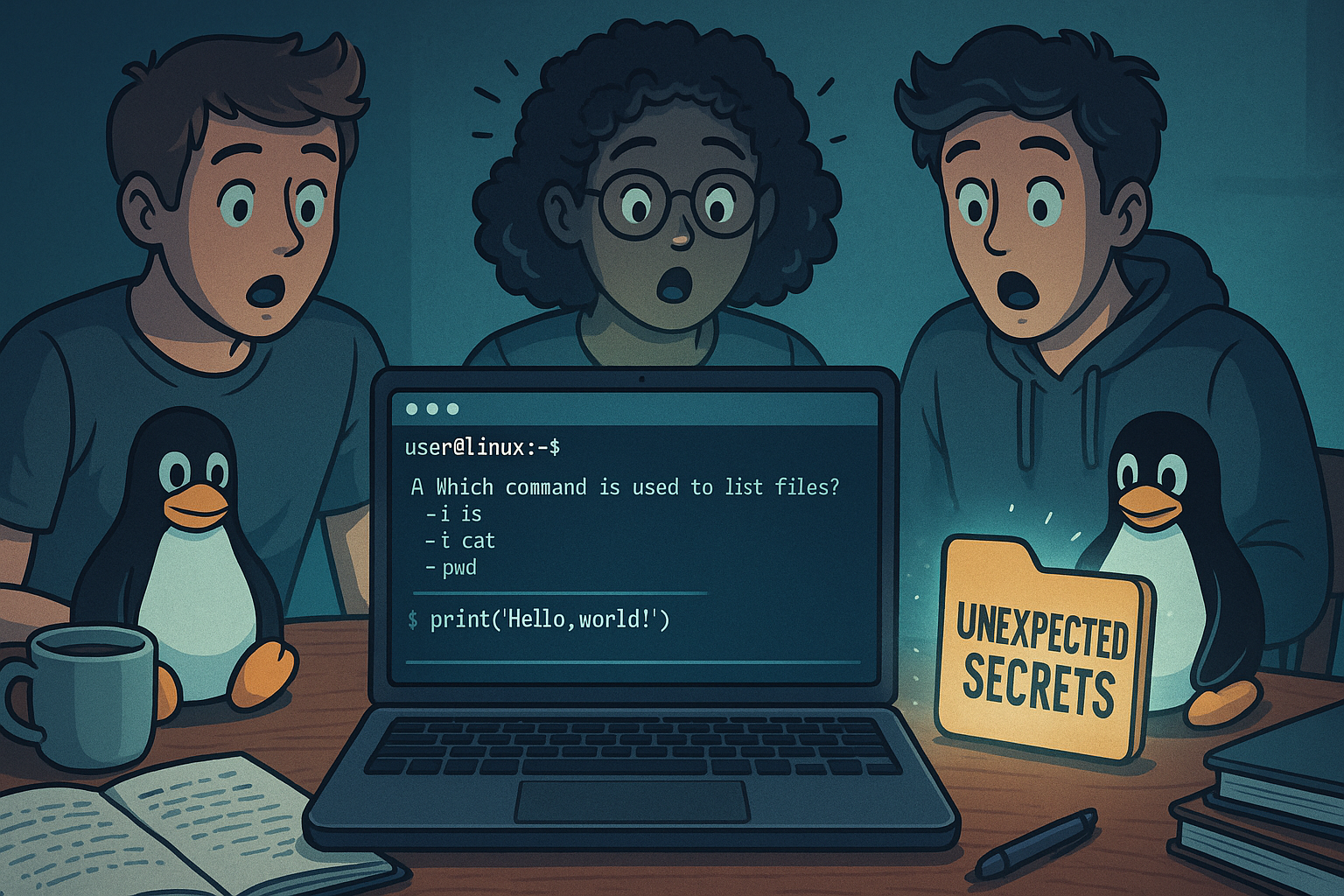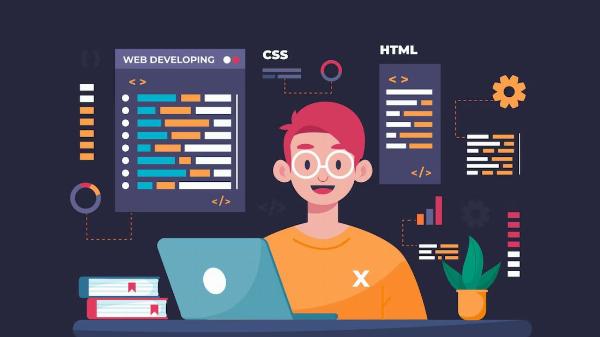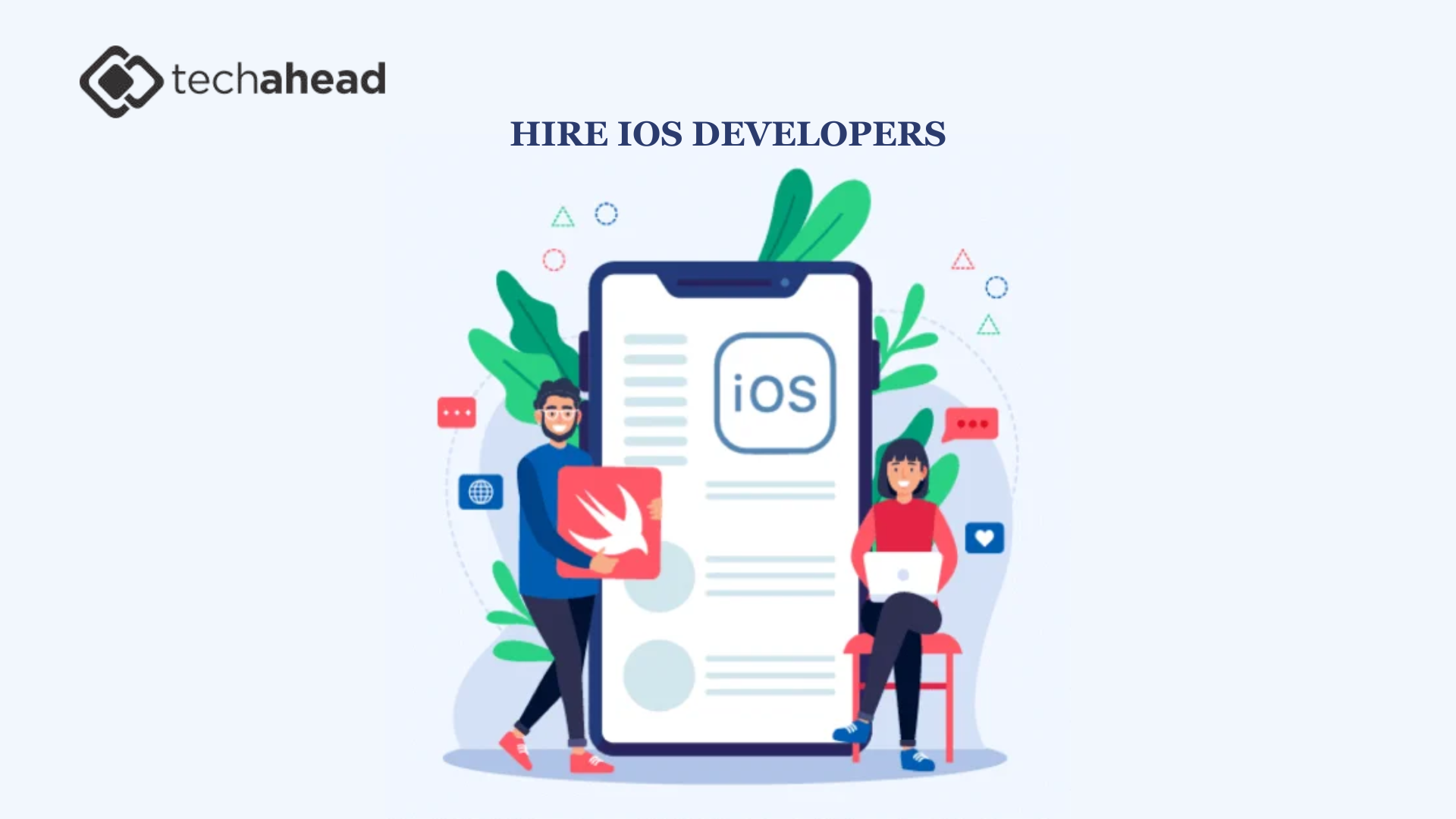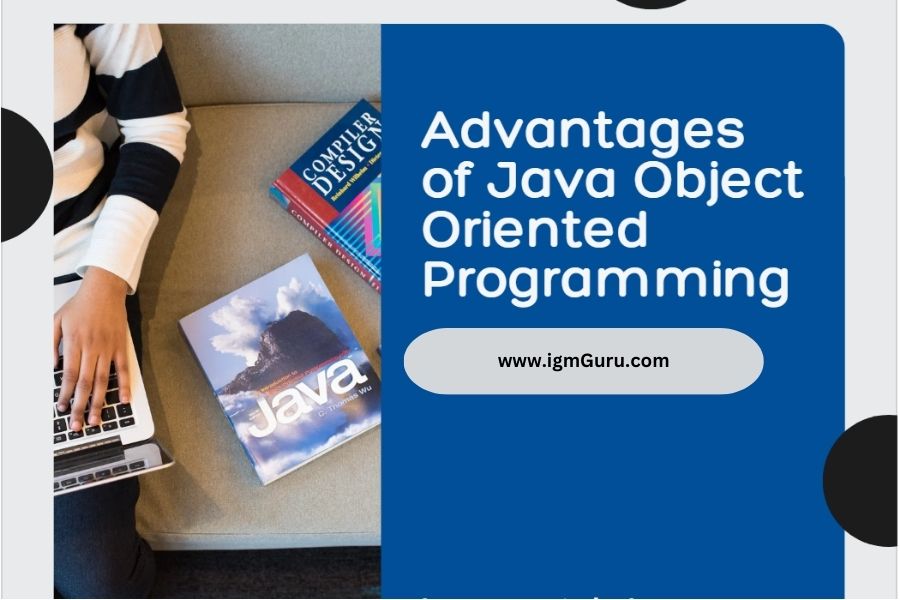How to Choose the Best Backend Development Language for Your Application
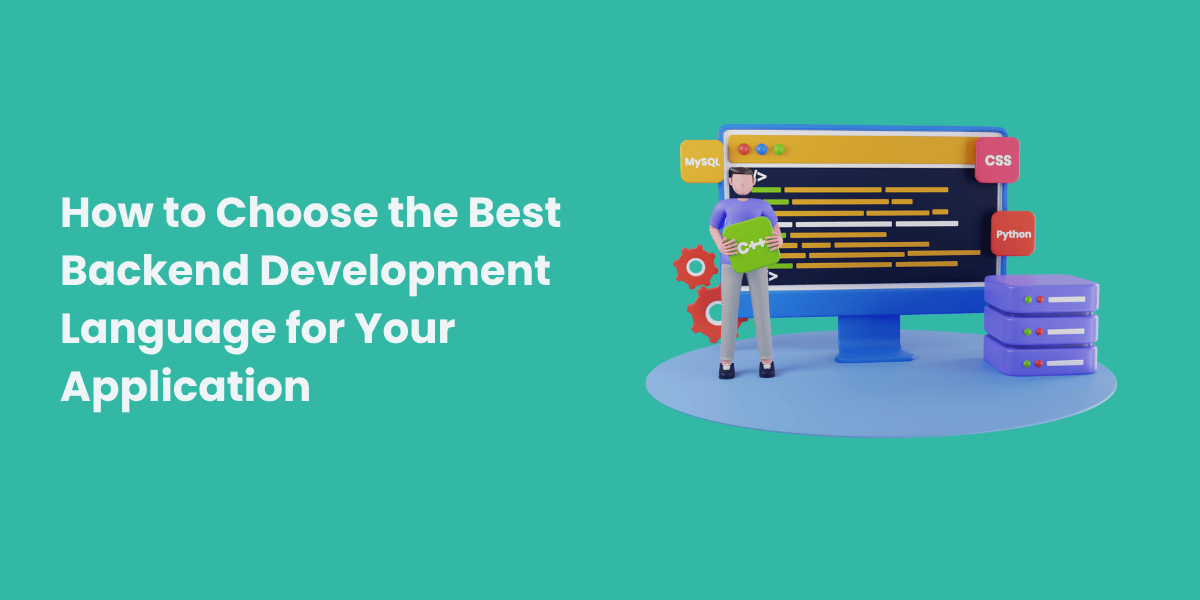
Strong 8k brings an ultra-HD IPTV experience to your living room and your pocket.
When building an application, the backend is the engine that powers everything behind the scenes from user authentication to data processing and business logic. Choosing the right backend development language can significantly impact your app’s performance, scalability, security, and development speed.
But with so many options available Python, JavaScript (Node.js), Ruby, Java, Go, PHP, and more how do you make the right choice?
Let’s break it down and help you decide what fits your business and technical needs.
Why the Right Backend Language Matters
Before diving into the options, let’s understand why the backend language plays such a critical role in your application's success:
- Performance and scalability: The language can determine how fast and scalable your app will be.
- Development speed: Some languages are more developer-friendly, allowing for rapid prototyping.
- Community and support: A strong ecosystem means better libraries, tools, and quicker solutions to problems.
- Maintenance: Long-term support and ease of debugging make maintenance smoother.
Choosing the wrong language can lead to high development costs, slow performance, and difficult scaling later. That’s why many businesses partner with a backend development service to make informed, strategic decisions.
Factors to Consider When Choosing a Backend Language
1. Project Type and Complexity
Are you building a simple MVP or a complex, enterprise-grade application?
- For MVPs, you may prefer rapid development with Python or Node.js.
- For high-traffic enterprise apps, consider Java, Go, or C# for their performance and stability.
2. Scalability Needs
If you expect millions of users, your app must handle concurrent requests efficiently.
- Go and Java are known for concurrency and scalability.
- Node.js is event-driven and handles real-time apps well.
3. Time-to-Market
Want to launch quickly?
- Choose developer-friendly languages like Python or JavaScript (Node.js) that offer rich frameworks (like Django or Express.js) to speed up development.
4. Developer Availability
The size of the talent pool matters. A niche language may be powerful, but hiring experienced developers could be a challenge.
- JavaScript has a vast community.
- Python and Java are widely taught and supported.
5. Security
Security is non-negotiable, especially in fintech, healthcare, and eCommerce.
- Languages like Java, C#, and Go are battle-tested in high-security environments.
- Frameworks like Django (Python) and Spring (Java) offer built-in security features.
6. Integration and Ecosystem
Need third-party integrations? Check the ecosystem.
- Node.js offers npm, one of the largest package managers.
- Python has strong support for data science, AI, and web APIs.
7. Future Maintenance and Community Support
The long-term success of your app depends on ongoing support.
- Choose languages with active communities, regular updates, and strong documentation.
- Java, Python, and JavaScript are safe bets in this regard.
Popular Backend Languages: Pros and Use Cases
When it comes to backend development, each programming language brings its own strengths and is best suited for specific types of applications. Python is widely loved for its clean syntax and rapid development capabilities. It comes with powerful libraries, making it an ideal choice for building MVPs, AI-driven apps, and other startup-friendly applications where speed and flexibility are crucial.
Node.js, which allows for backend development using JavaScript, stands out for its non-blocking I/O model and vast ecosystem. It's a top pick for real-time applications like chat systems or live notifications and works well when building APIs due to its event-driven nature.
Java has long been trusted in the enterprise space for its robust security, scalability, and multithreading capabilities. It's often used in complex systems like banking platforms, eCommerce applications, and enterprise resource planning (ERP) software where long-term stability and security are paramount.
Go, or Golang, is known for its simplicity and high performance, especially in concurrent systems. Its speed and efficiency make it perfect for scalable microservices, distributed systems, and high-load applications.
Ruby, often used with the Ruby on Rails framework, embraces a philosophy of convention over configuration. It allows for quick MVP development, making it a go-to language for startups that want to launch fast without compromising too much on structure.
PHP continues to be relevant, especially for web portals and content-heavy websites. It’s easy to host, integrates seamlessly with CMS platforms like WordPress, and has a large developer community behind it.
Finally, C# (.NET) is a strong contender for building enterprise software, especially for Windows-based applications. It offers a robust integrated development environment (IDE), excellent support for building scalable SaaS solutions, and seamless integration with Microsoft technologies.
Each of these languages plays a valuable role in the backend development landscape, and the best choice depends entirely on your project’s specific goals and constraints. Consulting with a seasoned backend development service can help align these options with your technical vision and long-term business needs.
Should You Use a Backend Development Service?
If you're unsure where to begin or want to ensure your architecture is future-ready, a professional backend development service can help you:
- Analyze your business goals and technical requirements
- Choose the best-fit backend stack
- Architect scalable and secure backend systems
- Accelerate your development timeline with proven workflows
Whether you're building a startup MVP or scaling an enterprise platform, expert backend developers can guide you past common pitfalls and help you make technology choices that align with your long-term goals.
Final Thoughts
There’s no universal “best” backend development language only the right language for your specific application.
Consider your app’s functionality, expected load, development resources, and time-to-market goals. And when in doubt, consult with a trusted backend development service that can assess your needs and recommend the optimal stack.
Ready to build something powerful and future-proof? Choosing the right backend technology is your first step toward success.
Note: IndiBlogHub features both user-submitted and editorial content. We do not verify third-party contributions. Read our Disclaimer and Privacy Policyfor details.




